Hopefully, my zeal for experimentation and data translates into interest. I know that not everybody is like me. But, I get excited when people are excited about what they are doing. It really doesn’t matter what the topic is, I find it fascinating when people are into their thing. I may not want to do it, but I enjoy the enthusiasm.
The truth is, I wrote the article “I Hate Pumping” a few weeks ago prematurely. It was always my plan to test accuracy of BBs based on the number of pumps. I should have written after I collected all of the data first but I was in a little bit of a funk. I was getting ready to hunting and was suffering a little bit of brain fatigue. I needed something on the spot and I didn’t have time to do all the work.
My creativity seems to go in spurts. Right now, I am flush with ideas and time is getting a little less constraining. Now that the sun is going down with some evening left, I have time to read, think and tinker in the evening whereas in the summer it seems like it is go until you drop. I have several weeks of topics (that I think are good) in the queue. So, I want to close the loop on this testing for you.
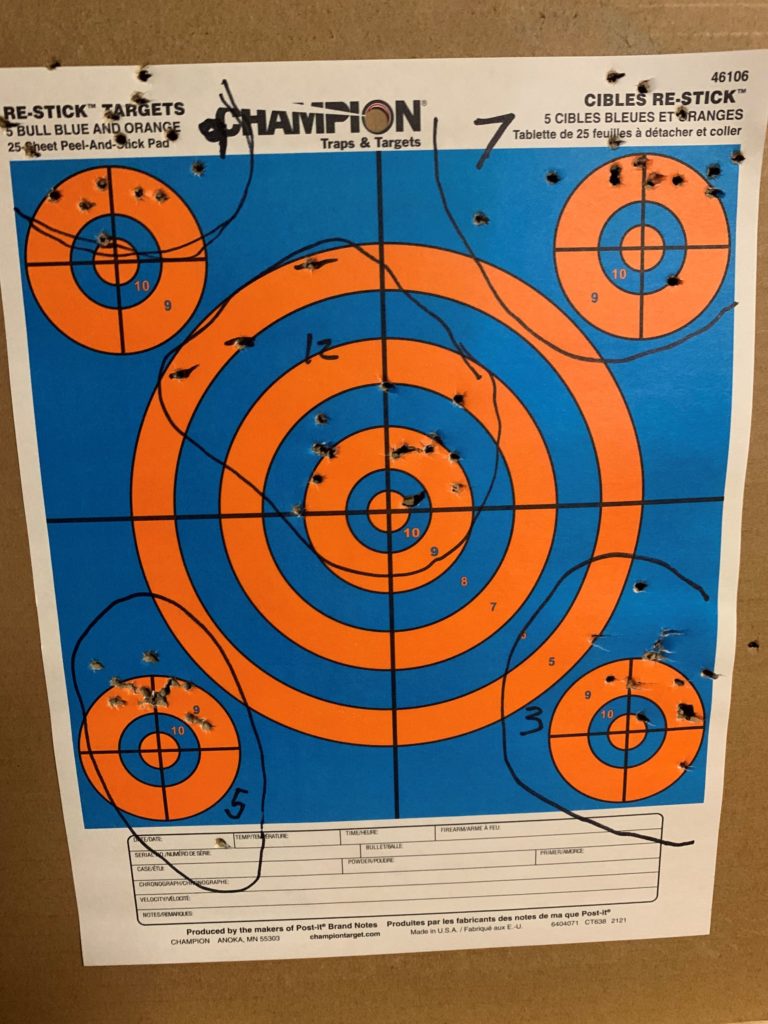
Let me start with what I was trying to accomplish. Using the Crossman 1000 and shooting BBs, what does the number of pumps do to velocity? I did a series on pellets many months ago but I wanted to use BB’s this time because my preferred rifle, the Crossman Optimus only shoots pellets and I have a whole bunch of BBs. After understanding the pump to energy curve and knowing how many pumps would be adequate energy to dispatch pests, I wondered if this was even an accurate platform with BBs.
I found out that pumping the maximum twelve pumps is a chore but it was also pretty wild after the initial five attempts. To boil it all down, is it even worth it to shoot BBs? Looking at the picture, I think that you can see nine pumps is a significant improvement in accuracy over 12, it looks like seven is slightly better, five looks pretty dialed in and three starts to wander again.
This is good news. If the results would have all been like twelve pumps, I would have given up. Five is also a far cry from twelve pumps in the effort department. Looking at the energy data, I am not sure the energy is adequate for pests at five pumps, but that is OK, BBs are far cheaper to shoot if we are just talking about practice and trigger control and I have a lot of them around. The most important thing for practice is that it will hit where you aim.
Of course, now I will not leave things here. I am going to try a new series with my son’s Crossman 760. I did a baseline test months ago with pellets and found that rifle to be vastly inferior to the potential velocity. Ten pumps (the max) was equal to about four pumps on the Crossman 1000. What I am now trying to establish is that is it the velocity that stabilized the BB or is it rifle specific?
That being said, expect another one of these with a new set of data. This time, I promise that I will wait until I have everything completed. But like I said above, I need to do a better job closing the loop with subjects that I introduce. Maybe I should introduce a new category like ‘Results’ to share my conclusion. That will keep me more honest when using it and then I can write the post in a more scientific fashion. I will think on that.
End Your Programming Routine: Based on my results, BBs can be accurate without needing Popeye’s arms. That being said, not all tools are best suited for every job. Where I have settled is that I should be able to adequately shoot BBs with five pumps for practice. Stayed tuned for another analysis on potentially why five pumps is the best.
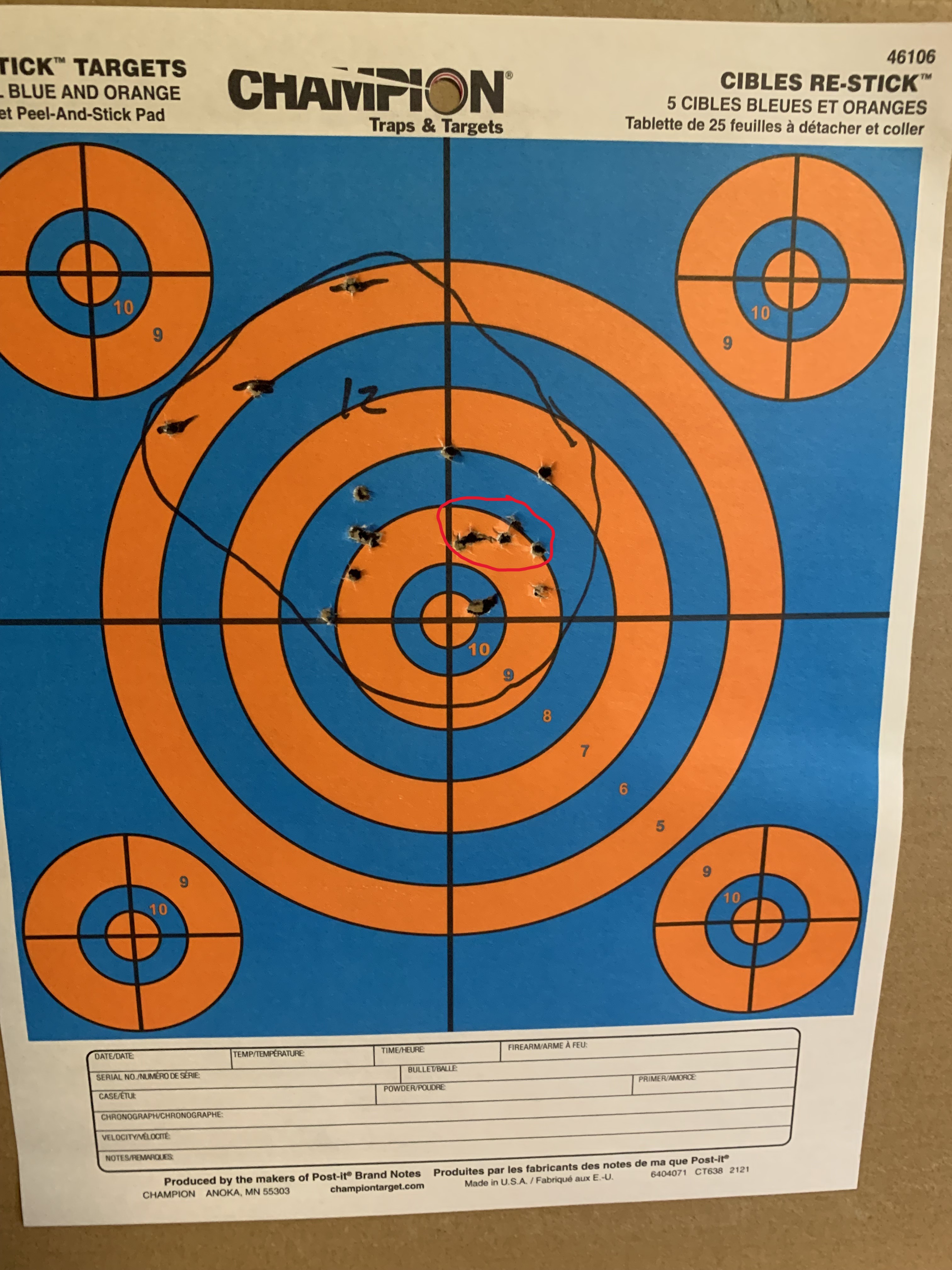

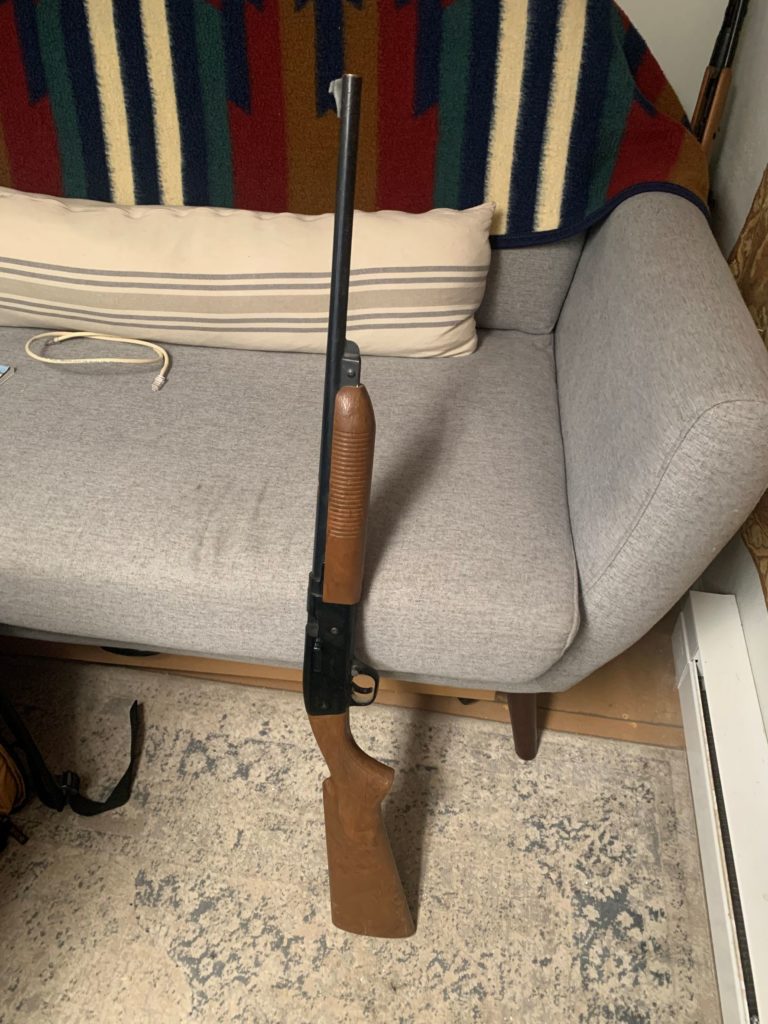
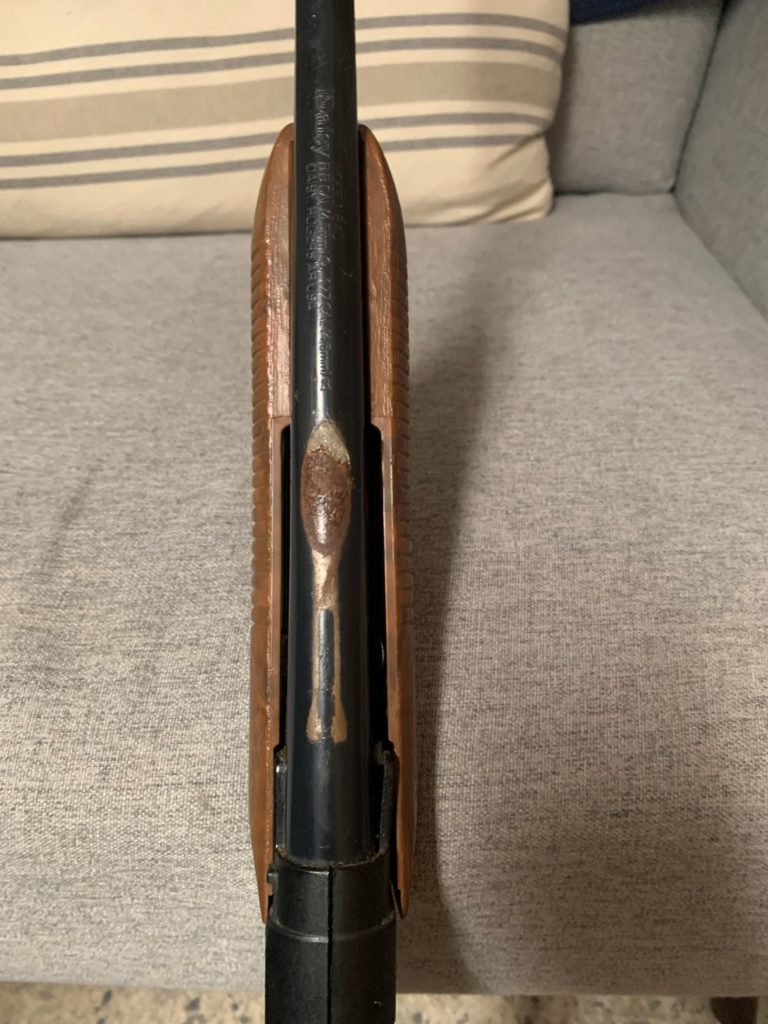
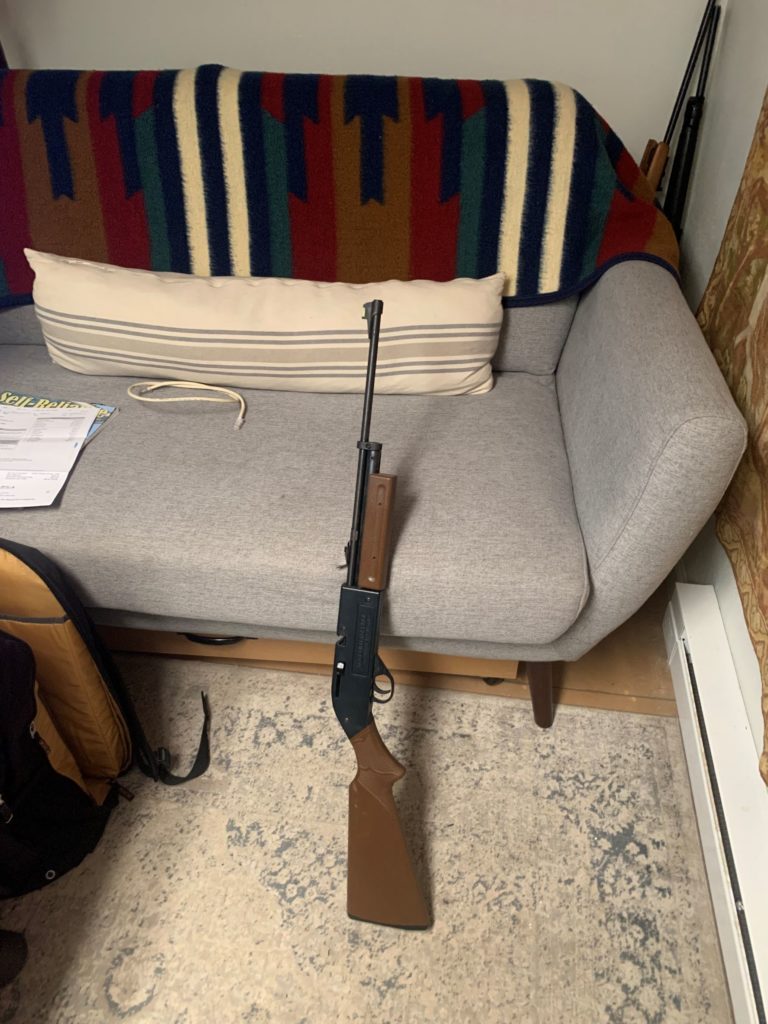

Recent Comments